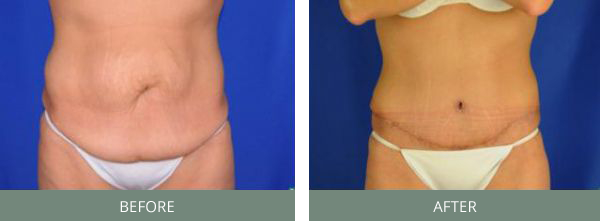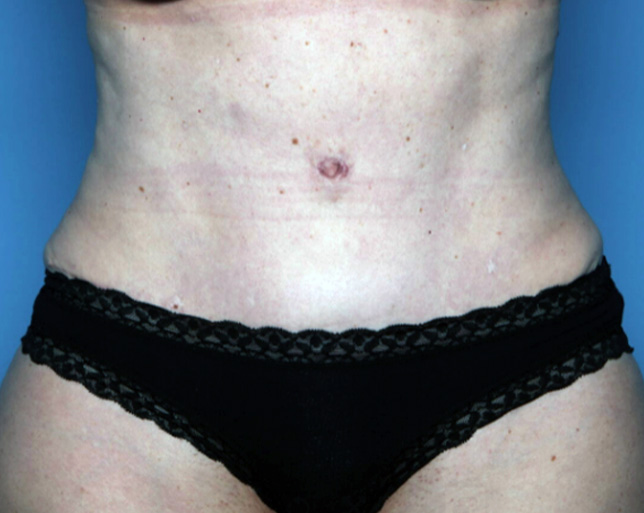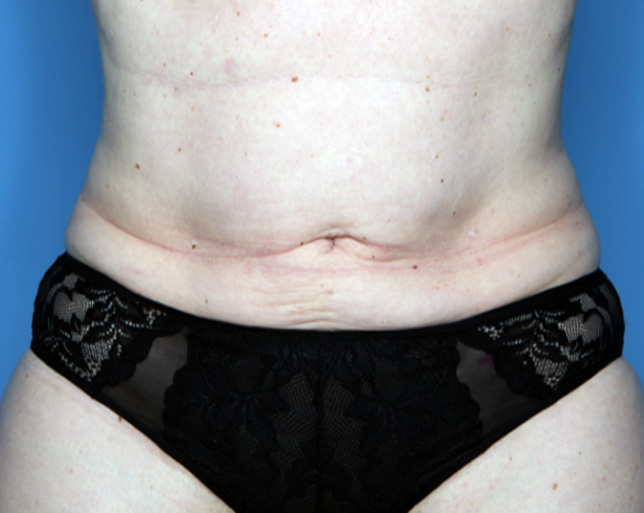SAINT LOUIS BREAST RECONSTRUCTION: TUG FLAP
What is a TUG flap? A TUG flap, also known as the transverse upper gracilis flap, is a newer form of breast reconstruction that uses tissues from the inner thigh to reconstruct the breast. Skin and fat are taken from the inner thigh, leaving a well-concealed scar in the inner thigh similar to that seen with a cosmetic thigh lift. This skin and fat gets its blood flow from the underlying gracilis muscle. The skin, fat, and muscle are transferred from the inner thigh to the breast where the blood flow is re-established using microsurgery.
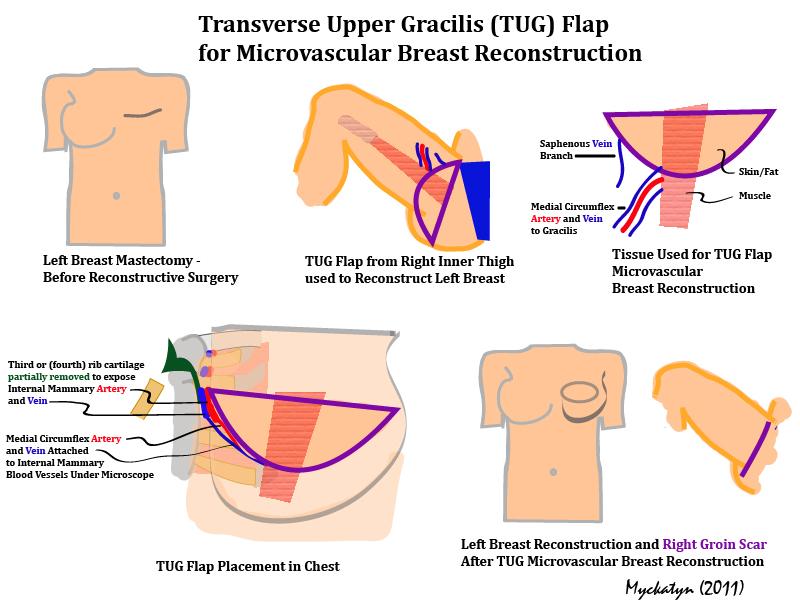
This means that the inner thigh tissues are transferred to the breast area and their blood vessels reconnected under a microscope to maintain blood flow. Surgeons, operating room teams, and hospitals that have significant experience with microsurgery perform the TUG flap. Candidacy for a TUG flap is determined by the specific anatomy of the inner thigh, previous thigh surgery, body weight and aesthetic expectations. The TUG flap does not provide as much volume for breast reconstruction as a free TRAM or DIEP flap. With a TUG flap, the reconstructed breast may be 50-90% as large as the original breast before mastectomy, but an implant and abdominal scar are avoided. The TUG flap may be safer for patients who are moderately obese (35-40) and can also be performed in patients of normal body weight.
In appropriate cases, the TUG flap is an excellent option for breast reconstruction with the patient’s own tissues when she is not a candidate for or does not want a DIEP, SIEA, free TRAM or latissimus flap.

Dr. Terry Myckatyn and
Dr. Marissa Tenenbaum:
Trusted. Experienced. Committed.
SAINT LOUIS BREAST RECONSTRUCTION: TUG FLAP
Reconstructive timeline with TUG flap:
- Initial operation: Reconstruction with TUG flap(s) with or without mastectomy.
- Office visits: Removing any drains and checking wounds.
- 3 months*: adjusting the look of the TUG flap as necessary; balancing procedure on opposite breast if required; potential fat grafts to refine contours.
- 6 months*: Nipple reconstruction. Fat grafts may also be considered and performed at this time.
- 8 months*: Tattooing to recreate the look of the areola, which is the darker-pigmented skin around the nipple.
- 12-24 months*: Laser or IPL scar therapy.
* For patients undergoing a simultaneous mastectomy and TUG flap creation, and if chemotherapy will be part of treatment, be sure to factor in an extra 4 months for this process. Radiation therapy expands 9 months the timeline by about 9 months.
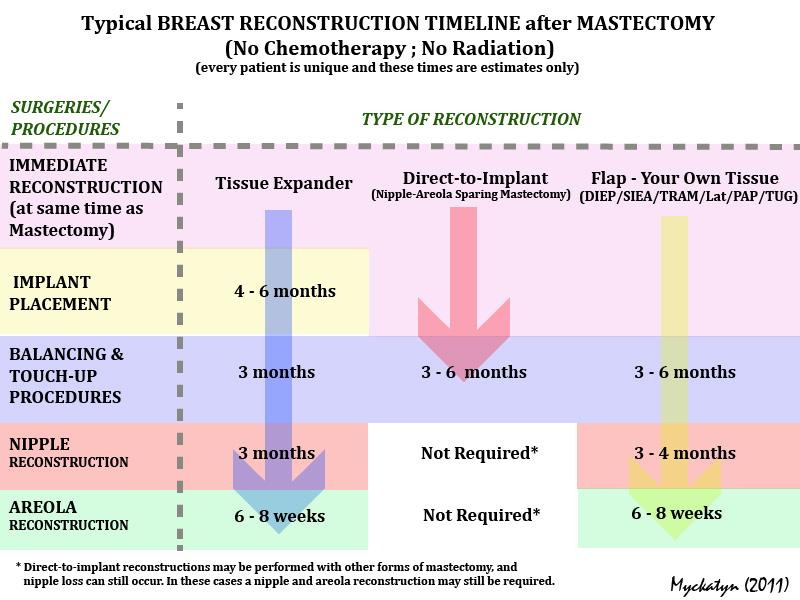
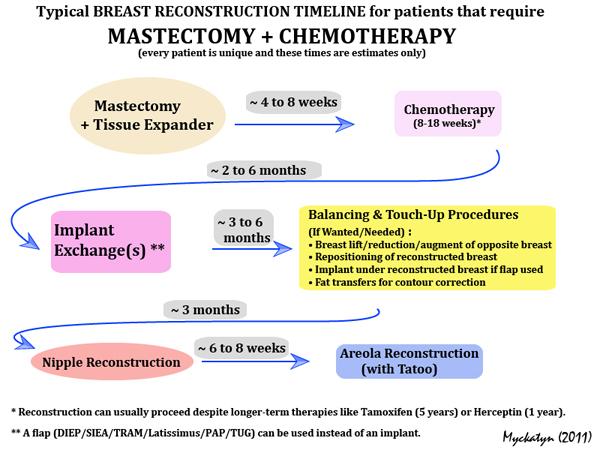
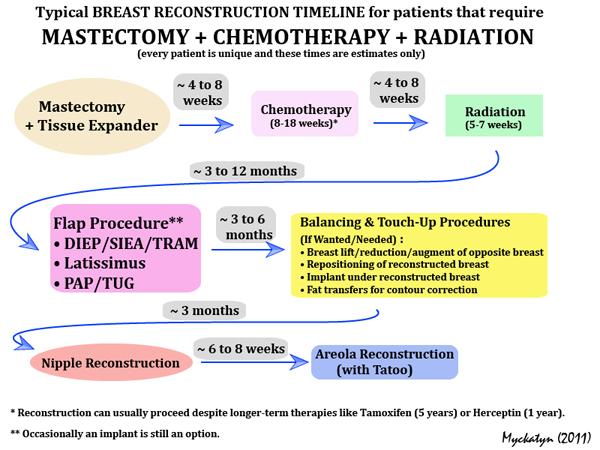
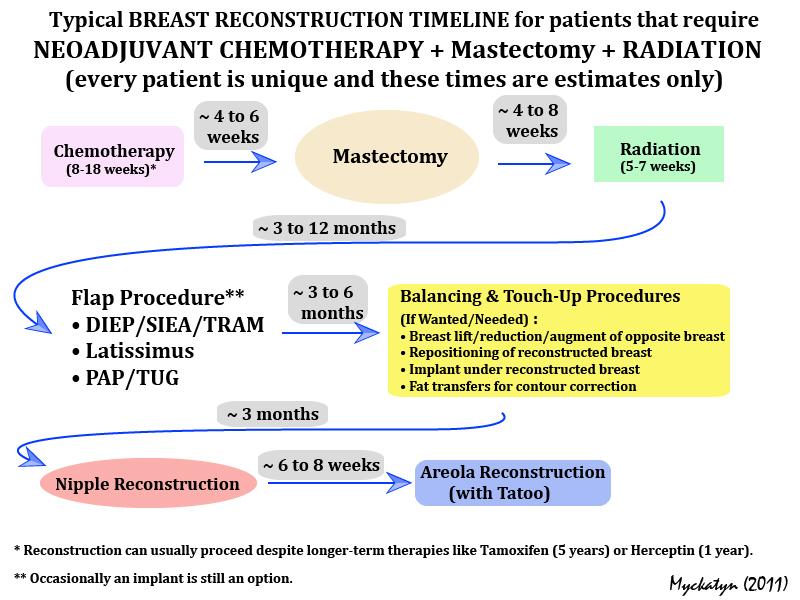
Anesthesia: General anesthesia is used for TUG flap patients.
Length of procedure: 4 to 5 hours for a single breast, 6 to 8 hours for both.
Estimated recovery time: You can expect about 4 to 7 days spent in the hospital for TUG flap surgery, followed by recovery at home for 4 to 6 weeks, with work specifics determining the exact timeline. Refrain from significant physical exertion for 6 weeks. In half this time (about 3 weeks), the look and feel of bruised and/or swollen tissue should improve. Each person's individual recovery time depends on a wide range of factors, including pre-TUG flap surgery health, nicotine use, and prior radiation therapy treatments. Patients must take aspirin for 12 months after their procedure, with exceptions for those with allergies to the medication. To learn how to prepare for a TUG flap breast reconstruction and what to expect afterwards, click here to download our patient instructions.
Side effects: Bruising and swelling are to be expected after a TUG flap surgery. Doctors will carefully monitor blood flow to the flap following the procedure. If this monitoring reveals anything that would give the surgeon concern, you may have to have a new operation that will allow blood flow to be assessed. reoperation to assess the blood flow. You may have some early weakness in the thigh muscles, with strength gradually returning with no special intervention required. Some transient lower leg swelling and delayed wound healing in the inner thighs may occur.
Before & After
Visit our Photo Gallery to see our patient results.
*Results may vary.
View Patient ResultsIf you have questions or would like to book a consultation with one of the surgeons at West County Plastic Surgery, please call (314) 996-8800.







